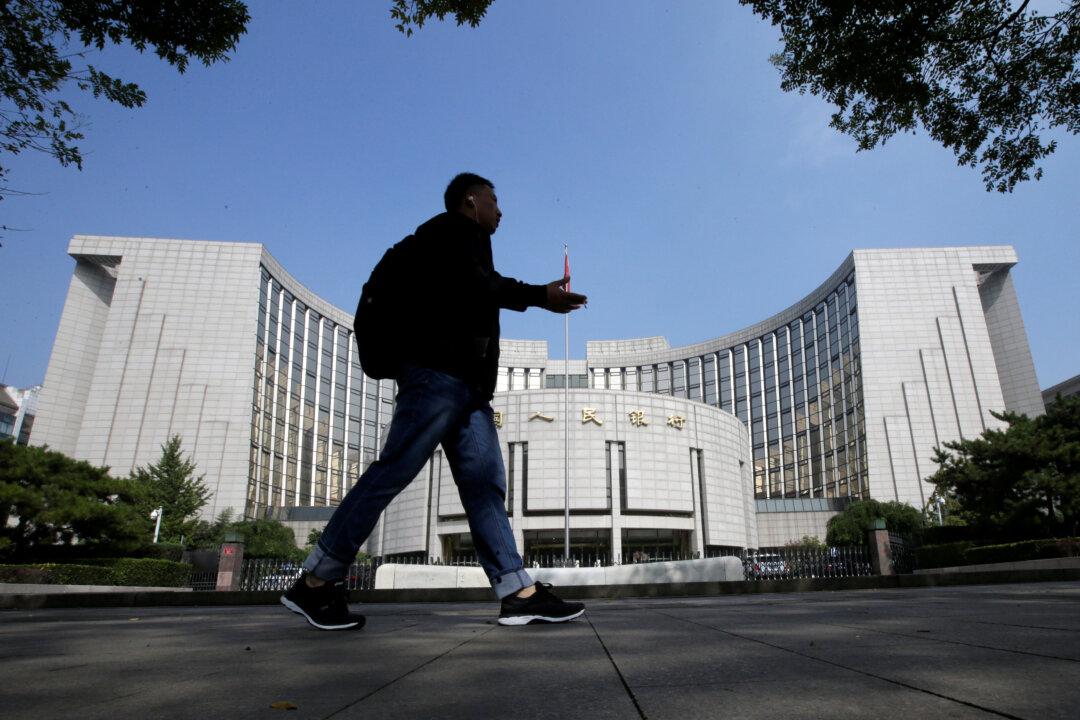News Analysis
At the conclusion of 2019—the Chinese zodiac Year of the Pig—China was facing economic pain arising from none other than pigs.

At the conclusion of 2019—the Chinese zodiac Year of the Pig—China was facing economic pain arising from none other than pigs.